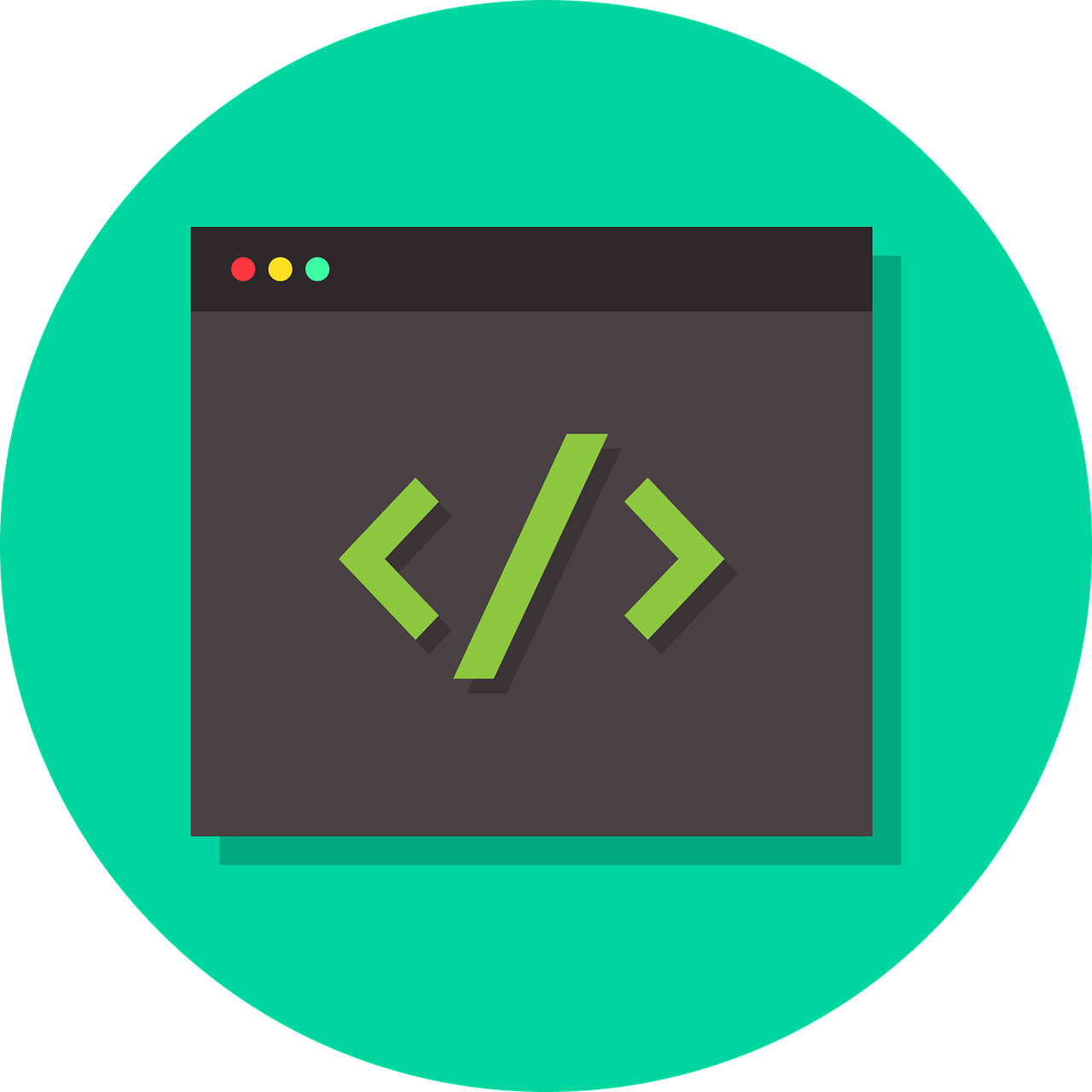The Evolution of Type Systems in Startup Codebases
 Victor Uzoagba
Victor Uzoagba
As startups scale from the frenetic energy of prototyping to the disciplined rigor of production, the underlying codebase undergoes significant transformation. Among the most impactful changes is the evolution of type systems, which help manage complexity, enhance readability, and prevent errors. In startup environments, where speed is often prioritized over structure, type systems may initially take a backseat. However, as the codebase grows, so does the need for a structured approach to types, often prompting a shift from minimal or gradual typing to stricter, more enforceable systems.
This article examines how type systems adapt as startups scale, contrasting gradual and strict typing approaches. It explores when and how to introduce typing into a growing codebase, highlighting the tradeoffs and decisions engineering teams face along the way.
The Early Stages: Prototyping with Minimal or No Typing
In the early days of a startup, speed is critical. Founders, engineers, and product teams are driven by a singular focus: to get a working product into users’ hands as quickly as possible. As a result, initial codebases are often written with minimal structure or typing, particularly in languages like JavaScript or Python, where dynamic typing allows for greater flexibility and faster iteration.
Advantages
This approach has its benefits. Minimal or no typing keeps the code flexible and lean, allowing rapid changes as features are added, refined, or discarded based on feedback. The absence of strict type enforcement accelerates development, empowering engineers to focus on functionality without the overhead of managing complex type hierarchies or rigorous compile-time checks.
Challenges
However, this speed comes at a cost. Dynamic typing, while convenient, can make the codebase harder to understand as it grows. Without types to guide them, developers must rely on context or documentation to understand the data structures in use, which can lead to misinterpretations and runtime errors. For instance, a function that expects a string may inadvertently receive a number, resulting in unpredictable behavior. These issues, while manageable in a small, single-developer codebase, become significant as the team expands and the codebase matures.
Introducing Type Systems: The Case for Gradual Typing
As the startup matures and the product gains traction, the demands on the codebase increase. Features become more complex, and the team may grow, adding new developers who must quickly get up to speed. At this point, many startups begin exploring gradual typing—an approach that adds type hints to dynamic languages in a way that doesn’t require a full rewrite of the code.
What is Gradual Typing?
Gradual typing bridges the gap between dynamic and static typing, allowing engineers to selectively apply types to key areas of the codebase while maintaining the flexibility of a dynamically typed language. TypeScript for JavaScript and type hints for Python are two popular examples of gradual typing. With TypeScript, developers can define types as needed, while Python’s type hints provide a way to specify the expected input and output types for functions.
Benefits
Gradual typing offers several advantages, particularly in a startup environment. By introducing types selectively, the team can improve code quality and readability without the burden of converting the entire codebase at once. Typing provides a safety net, reducing the likelihood of runtime errors and making it easier for new developers to understand and work with the code.
Tradeoffs
However, adopting gradual typing isn’t without its tradeoffs. Although it improves safety, gradual typing can also introduce inconsistencies, as only certain parts of the codebase may be typed. These gaps can create a false sense of security, as untyped sections remain susceptible to errors. Additionally, adopting typing tools and configuring them to fit the startup’s development environment requires some setup time and may slow down initial development as the team gets accustomed to the new workflow.
Scaling Up: The Shift Toward Strict Typing
As the product scales further and the codebase grows increasingly complex, startups often find it beneficial to transition to a stricter type system. By enforcing types consistently across the codebase, the team can significantly reduce the risk of errors, especially in mission-critical applications where stability is paramount.
Benefits of Strict Typing
With strict typing, every variable, function, and data structure in the codebase has a clearly defined type, which is checked at compile-time rather than runtime. This strictness prevents many classes of bugs, facilitates easier refactoring, and enhances the stability of the system. As the team size and codebase scale, strict typing supports smoother onboarding, as new developers can quickly understand the expected types and structure of the code.
Challenges
Strict typing, however, comes with its own challenges. Transitioning from a dynamically typed or gradually typed codebase to a strictly typed one can require significant refactoring, especially in older sections of code that may be densely interconnected. Additionally, strict typing often demands a steeper learning curve, particularly for teams accustomed to the speed and flexibility of dynamic typing.
Engineering Tradeoffs in Type System Transitions
Deciding when and how to transition type systems involves various tradeoffs, especially as engineering teams balance the need for speed against the need for structure and reliability. Below, we break down the pros and cons of gradual and strict typing in evolving codebases.
Pros and Cons of Gradual Typing
Pros: Gradual typing provides a smoother, low-overhead way to introduce types. By allowing selective typing, it minimizes the initial refactoring needed and can be done incrementally without disrupting the entire codebase. For teams familiar with dynamic typing, this approach is relatively easy to adopt and provides immediate benefits in key areas, such as reducing runtime errors and increasing code readability.
Cons: Despite its advantages, gradual typing can lead to inconsistencies. Only certain portions of the codebase are typed, leaving other parts open to the risks of dynamic typing. This can make debugging challenging, as developers may not be able to rely on types consistently across the codebase. Additionally, gradual typing can sometimes introduce a false sense of security, as untyped or partially typed areas may still introduce unexpected runtime errors.
Pros and Cons of Strict Typing
Pros: Strict typing provides a high level of reliability, with extensive compile-time checks that prevent many classes of errors. This approach makes refactoring significantly safer and smoother since developers have confidence in the consistency of types throughout the codebase. For large teams, strict typing can also improve productivity by making the codebase more predictable, easier to navigate, and clearer for new hires.
Cons: Transitioning to strict typing can be a resource-intensive process. Retrofitting an existing codebase requires time and effort, which may disrupt short-term development cycles. The learning curve can also be challenging, particularly for engineers accustomed to more flexible dynamic typing, and the increased rigidity can feel limiting in areas where rapid prototyping or high flexibility is required.
Real-World Examples and Lessons Learned
Numerous tech companies have navigated these transitions, with differing experiences and outcomes. For instance, some teams at large-scale companies like Instagram and Slack have integrated type hints in Python as they scaled, citing improvements in code quality and easier collaboration across teams. Startups may benefit from these lessons by embracing gradual typing in early stages and investing in more rigorous type enforcement as they scale, using tools and frameworks suited to their tech stack and team needs.
Timing the Transition: Key Indicators for Startups
Determining the right time to adopt or scale up type systems can be challenging, especially in fast-paced startup environments where needs change rapidly. Below are some indicators that a more structured approach to types may be warranted.
Signs It’s Time to Consider Type Systems
Increase in Bugs and Runtime Errors: Frequent bugs, particularly those related to unexpected data types, indicate that a type system could help stabilize the codebase.
Growing Team Size: As the team expands, particularly with remote or distributed members, consistent typing can improve collaboration by providing clearer code expectations and reducing onboarding time.
Increased Code Complexity: When adding new features becomes increasingly difficult or prone to breakages, types can offer a layer of reliability that helps prevent regressions and supports modular, maintainable code.
Difficulty in Refactoring and Testing: Refactoring becomes simpler and less risky with strict typing, which can be critical as the codebase grows and changes.
Strategies for a Smooth Transition
Phased Introduction: Start by adding types to high-impact areas such as APIs, core libraries, or commonly used modules. This incremental approach allows the team to adjust gradually, without disrupting workflows.
Tooling Selection: Tools like TypeScript for JavaScript, MyPy for Python, and flow-based typing tools can streamline the adoption process. Selecting the right tools tailored to the team’s workflow and coding standards is essential.
Training and Documentation: Ensure developers are well-equipped to adopt type systems through training sessions, clear documentation, and shared type conventions. Consistent standards prevent type systems from becoming a point of confusion or inconsistency.
Conclusion
In startup environments, balancing speed and structure is essential. While early-stage development may benefit from the freedom of dynamic typing, a carefully timed transition to gradual or strict typing can enhance code quality, improve collaboration, and reduce errors as the product matures.
Startups should assess their codebase, team needs, and growth trajectory to determine the right time and approach to introduce types. Gradual typing offers a practical on-ramp to structured code, with lower barriers to entry, while strict typing ensures maximum stability, scalability, and ease of maintenance for production-level systems.
Ultimately, understanding the evolution of type systems and the tradeoffs involved enables startups to lay a robust foundation that supports both rapid innovation and sustainable growth, helping engineering teams work confidently and efficiently as they scale.
Subscribe to my newsletter
Read articles from Victor Uzoagba directly inside your inbox. Subscribe to the newsletter, and don't miss out.
Written by

Victor Uzoagba
Victor Uzoagba
I'm a seasoned technical writer specializing in Python programming. With a keen understanding of both the technical and creative aspects of technology, I write compelling and informative content that bridges the gap between complex programming concepts and readers of all levels. Passionate about coding and communication, I deliver insightful articles, tutorials, and documentation that empower developers to harness the full potential of technology.